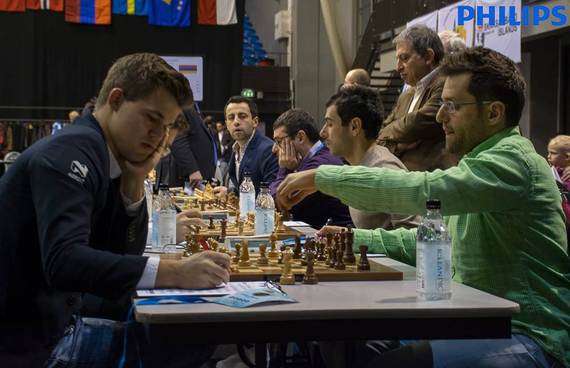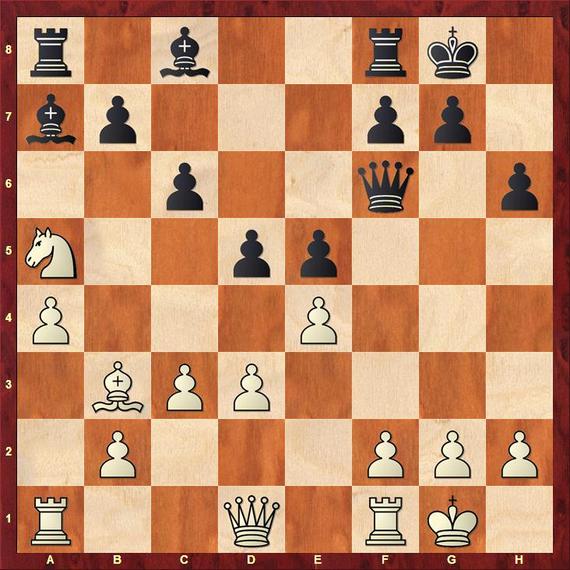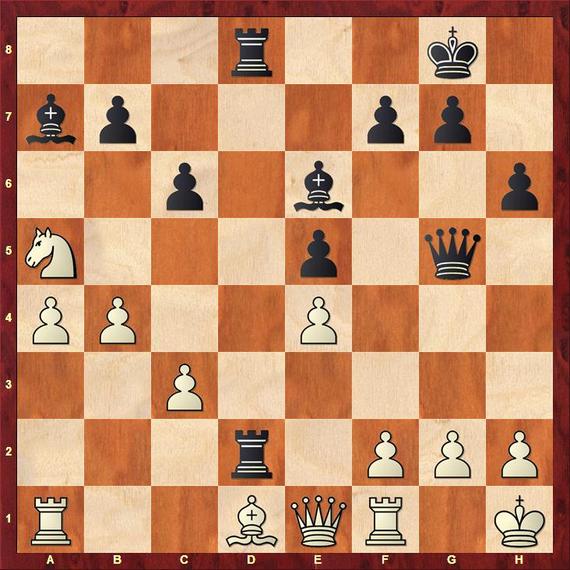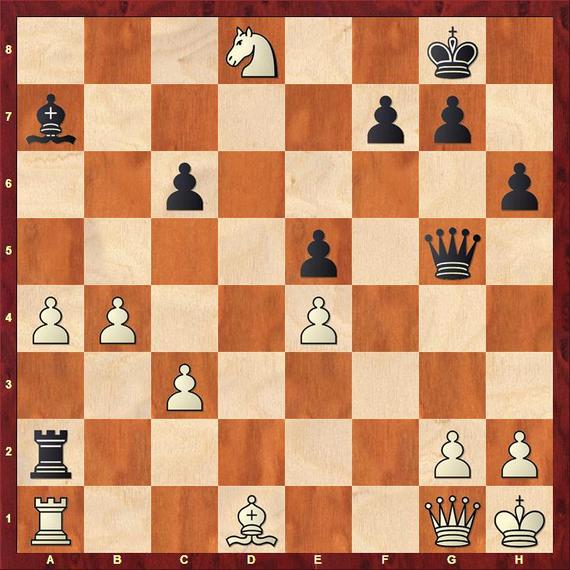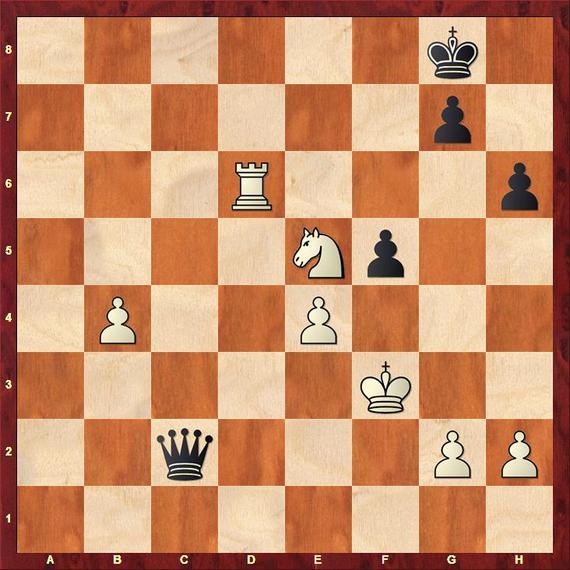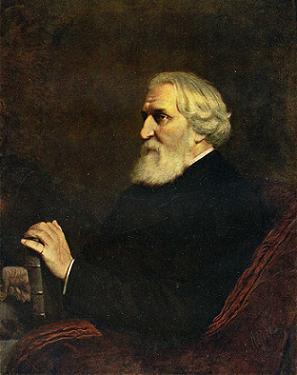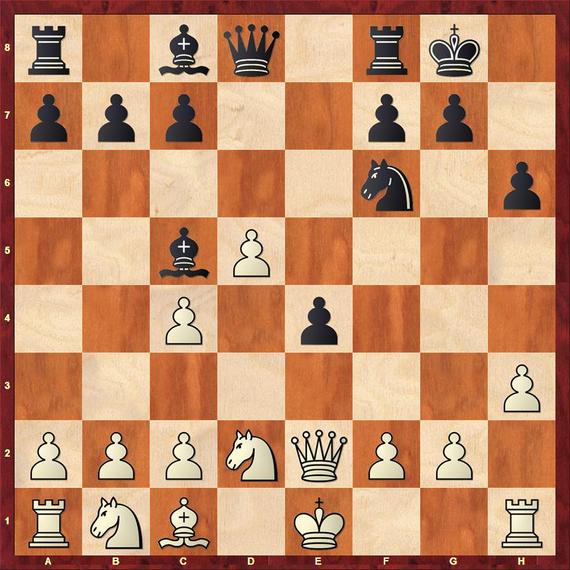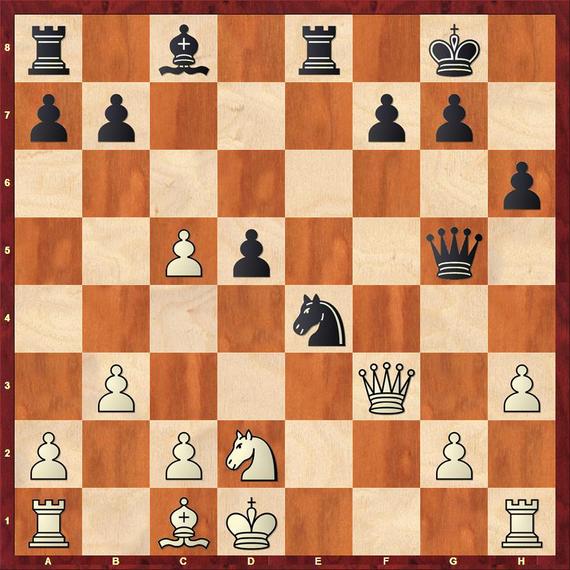
In the ratings war, the world chess champion Magnus Carlsen, 24, and the top Armenian grandmaster Levon Aronian, 33, looked like brothers in arms, occupying the first two places for some years. A world championship match between the two could be a treat. But this year they both hit the wall.
Carlsen has lost 42 points since June and has a rating of 2834. He is still first in the world, 31 points ahead of the Bulgarian GM Veselin Topalov, 40, but the margin is getting smaller.
Aronian slipped from the FIDE Top 10 and was in danger of not making it to the Candidates tournament on rating. He was rescued by Samvel Karapetyan, an Armenian billionaire living in Russia who decided to sponsor the event. Aronian got the wild card, making the title match a possibility.
With the results from the 20th European Team Championship in Reykjavik, Iceland, Aronian climbed back to 6th place. He helped Armenia finish second behind Russia and his game with Carlsen was a fine performance.
Carlsen, Magnus - Aronian, Levon
20th European Team Championships, Reykjavik 2015
1.e4 e5
It is interesting how this classical reply replaced the dynamic openings such as the Sicilian defense after the appearance of the computers in the early nineties and especially after the world championship match Kasparov-Kramnik in 2000. It is Aronian's main choice, but other top players don't shy away from it.
2.Nf3 Nc6 3.Bb5 Nf6 4.d3 Bc5 5.0-0 Nd4
Adolf Anderssen's maneuver, releasing the pressure on the pawn on e5, goes way back to the famous London event in 1851.
6.Nxd4 Bxd4 7.c3 Bb6 8.Na3
8.d4 can be met calmly by 8...0-0.
8...c6 9.Ba4 d6 10.Bb3 a5 11.Nc4 Ba7
A new move that contains a little trap. Aronian is luring Carlsen to win a pawn. Caruana against Karjakin in Zurich this year didn't stay on the diagonal a7-g1 and retreated with 11...Bc7.
12.a4 0-0 13.Bg5 h6 14.Bxf6
Carlsen goes for the pawn on a5. After 14.Bh4 Black can simply play 14...Be6, leaving the advance g7-g5 in reserve.
14...Qxf6 15.Nxa5 d5!
A beautiful limitation of the knight using tactical means. Not only is the horse caught on the rim, but Aronian threatens to win it with 16...Bb6 or 16...Qd8.
16.Bc2
After 16.exd5 cxd5 17.Bxd5? Qd8 18.Bxb7 Bxb7 19.Nxb7 Qc7 20.Qf3 Rab8 drops the knight for three pawns, but the activity of the black pieces is noticeable and his chances are better.
16...dxe4
A perfect timing to gain the d-file.
17.dxe4 Rd8 18.Qe1
Carlsen spent almost 18 minutes on this move, a sign that not everything was in order. 18.Bd3 was preferable with the idea 18...Qd6 19.Qf3 Qxd3 20.Rfd1 Bxf2+ 21.Kh1 with equal chances.
18...Qg5!
Creating a double-threat: winning the exchange with 19...Bh3 and sliding the rook to d2.
19.Kh1 Rd2 20.Bd1
An ugly retreat, but 20.Rc1? runs into 20...Bxf2! 21.Rxf2 Rxf2 22.Qxf2 Qxc1+ leaving Black a rook up.
20...Be6
Avoiding 20...Rxb2? 21.Nc4 winning the exchange.
21.b4 Rad8!
After some 15 minutes Aronian decides to leave another pawn en prise.
22.Nxb7?
Carlsen is resigned to his fate. He takes a pawn and watches Aronian get a winning advantage by force.
At first, 22.Bb3 seems to win time to defend, but Black has two ways to gain a big advantage:
A. 22...Bg4! 23.Nc4 Re2 24.Qc1 Qh5 25.Bd1 Rxe4 26.f3 [26.Bxg4 Rxg4 27.Rd1 Rf8-+; 26.Ne3 Bxe3 27.fxe3 Be2 28.Re1 Rh4-+] 26...Rf4! and Black should win.
B. 22...Bh3!? A complicated computer-like path. 23.gxh3 Qf4! The point. Black threatens to bring his rook to h3 via the square d3. 24.Nc4 R8d3! 25.Qxd2! (25.Nxd2 Rxh3 wins.) 25...Rxd2 26.Nxd2 Qxd2 the queen acts like a vacuum cleaner.
The best way to fight back was 22.Be2 Rc2 23.Rd1.
22...Bc4!-+ 23.Nxd8
After 23.Rg1 Bxf2 wins.
23...Bxf1 24.Qxf1 Rxf2 25.Qg1 Ra2!
The double attack on the queen and the rook and some prospects of mate on g2 make the defense difficult.
26.Rxa2
Forced. After 26.Qxa7? Qxg2 mates. Black should also win after 26.Bb3 Qxg2+ 27.Qxg2 Rxa1+ 28.Qf1 Rxf1+ 29.Kg2 Rg1+ 30.Kf3 Rc1, threatening 31...Rxc3+, indirectly protecting the c-pawn.
After 26.Qf1 Rxa1 27.Qxf7+ Kh7 wins.
26...Bxg1 27.Kxg1
27...Qc1!
It took Aronian nearly ten minutes to decide what to leave on the board. In the end, he eliminated the bishop and left the slower and more vulnerable knight on the board. White has a hard time to restore harmony among his pieces. 27...Qxd8 28.Be2 Qh4 seems less convincing.
28.Kf2 Qxd1 29.Nxc6 Qb3 30.Rd2 Qxc3 31.Rd6 Qb2+ 32.Ke3 Qa3+ 33.Kf2 Qxa4 34.Nxe5 Qc2+ 35.Kf3 f5!
Black gains material with a powerful pawn stroke, threatening to win the knight with 36...Qxe4+ or after 36.exf5? Qxf5+.
36.Rd3 fxe4+ 37.Kxe4 Qxg2+ 38.Nf3 Qg4+ 39.Ke3 g5 40.Kf2 Qf5 41.Rd8+ Kg7 42.Kg2 g4 43.Nd2 Qe6 44.Nf1?
A blunder, but the game is lost anyway.
44...Qc6+
Black wins a rook either after 45.Kg3 Qc7+; or after 45.Kg1 Qb6+.
White resigned.
Two former world champions, Vishy Anand, 45, and Vladimir Kramnik, 40, share third place on the rating list. By playing the last title match against Carlsen, Anand secured his place in the Candidates to be staged next March in Moscow. Kramnik hoped to qualify via the World Cup last month, but came up short. He improved his rating while leading his Russian club Siberia to victory in the European Club championship. Although Kramnik is now rated high enough, FIDE nominates a player with the best average rating in 2015, and that place would go to Anish Giri.
Still, it is an encouraging sign to see older players be reluctant to age, finding the motivation to stay around. At the top of the rating list, the young Carlsen is alone against three forty-plus players. The conflict of the generations is a never-ending topic, often discussed in literature.
It dominates one of the most important novels of the 19th century, Fathers and Sons, written by a prominent Russian writer and amateur chess player Ivan Turgenev (1818-1883).
It made him famous, but broke his spirit at the same time. Disappointed by the reaction to his book in Russia, Turgenev lived the rest of his life abroad. His favorite places were Paris and Baden-Baden, where he also sponsored some chess events.
Turgenev was considered a strong player. "His play was austere, no brilliant moves, he used to choose the line that seemed soundest to him," characterized him La Strategie in 1883. Not many of his games are found in print. The following game from the match against Ignaz Kolisch was played in 1862, the year Fathers and Sons were published.
Turgenev, Ivan - Kolisch, Ignaz
Paris-match 1862
1.e4 e5 2.Nf3 Nc6 3.Bc4 Nf6 4.Ng5 d5 5.exd5 Na5 6.d3
In The Hypermodern Game of Chess, published in 1924 and reissued recently in English by Russell Enterprises, Savielly Tartakover fancied this move. "The preference of a certain player by the name of Morphy, for which reason it cannot be bad," he writes in his magnum opus. His work included essays on openings, important players of his time, strategy and tactics, endgames, history and it was an instant bestseller in the 1920s.
6.Bb5+ leads to the main debate in the Two Knights defense.
6...h6 7.Nf3 e4 8.Qe2
8.dxe4 was an entertaining piece sacrifice from the game David Bronstein -Ernst Rojahn, Moscow olympiad 1956. After 8...Nxc4 9.Qd4 Nb6 10.c4 White may have some compensation for the bishop, but GMs Keres and Mikenas were not impressed in their theoretical article, written at that time. "Obviously, you have just hung the bishop," his opponent joked after the game. Bronstein won, but never repeated his experiment.
8...Nxc4 9.dxc4 Bc5 10.Nfd2
The most common is 10.0-0. The young Viktor Korchnoi loved 10.h3 0-0 11.Nh2 Bent Larsen adopted this idea as White in the King's Indian in the 1960s. 11...Nh7 Paul Morphy created a delightful miniature with this move, but it is not the best. [Both 11...e3; or 11...c6 are more dangerous.] 12.Nd2 f5 13.Nb3 Bd6 14.0-0 Bxh2+ 15.Kxh2 f4 16.Qxe4 Ng5 17.Qd4 Nf3+ 18.gxf3 Qh4 19.Rh1 Bxh3 20.Bd2 Rf6 White resigned in Arnous de Riviere-Morphy, Paris 1863.
10...0-0 11.h3?
A waste of time. 11.Nb3; or 11.0-0 are preferable.
11...e3!
A punishing move. The white king gets stuck in the middle.
12.fxe3 Bxe3 13.Kd1
13.Qxe3? Re8 wins.
13...Re8 14.Qf3 Bxd2?!
14...Bb6 15.Nc3 Re3 16.Qf1 c6 gives Black an almost winning advantage.
15.Nxd2?! [15.Bxd2!] 15...c6!
Opening the files against the white king.
16.b3 cxd5 17.Bb2 Ne4 18.c5
After 18.Re1 comes 18...Bf5!!, suggested already in 1862. And now:
A. 19.Qxf5 Qg5 20.Qxg5 (20.Rxe4 Qxf5) 20...Nf2+ 21.Kc1 Rxe1mate. B. 19.Bd4 Qh4 20.Nxe4 Bxe4 21.Qf2 Qxf2 22.Bxf2 dxc4 23.bxc4 Bxg2-+;
C. 19.Kc1 Qh4 20.Rd1 Qg5-+;
D. 19.Re2 dxc4 20.bxc4 (20.Qxf5 c3 21.Bc1 Nxd2 22.Bxd2 Qb6 23.Bxc3 Qg1+ 24.Re1 Rxe1+ 25.Bxe1 Qd4+-+) 20...Qb6 21.Kc1 Rad8 22.c5 (22.Qxf5 Ng3) 22...Qxc5 23.Ba3 Qa5 24.Nc4 Qc7 and the attack on the c-file is devastating.
18...Qg5 19.Bc1
The spontaneous move to parry mate is 19.Nf1 which is hopeless anyway after 19... 19...d4!! This move was also known in 1862.
A. 20.a3 Bxh3!! 21.Rxh3 [21.Qxh3 Nf2 mate.] 21...Rad8 followed by 22...Nc3+ and mate in a few moves.
B. 20.Bxd4 Bf5 21.g4 [21.Qe3 Rad8! 22.c3 Qxg2 wins.] 21...Rad8 22.c3 [22.Qxf5 Nc3 mate.] 22...Bg6 23.b4 Nxc3+ 24.Qxc3 Qf4 and wins.
19...Qxg2!!
A nice deflection. After 20.Qxg2 comes 20...Nc3 mate.
20.Rf1
Making a room for the king with 20.c4 also loses:
A. 20...Nf2+! [A computer improvement on a previously suggested 20...Qxh1+.] 21.Kc2 Qg6+ 22.Kc3 d4+ 23.Kb2 (23.Kxd4 Bf5 24.Kc3 Qf6+ 25.Kb4 Nd3+-+) 23...Nd3+ 24.Ka3 Qa6 mate.
B. 20...Qxh1+ 21.Qxh1 Nf2+ also wins.
20...Nc3+ 21.Qxc3 Qe2 mate.
The winner of the game was Ignaz Kolisch - a chess player, globetrotter, banker, publisher and chess patron. He was born in 1837 in Pressburg, now the Slovak capital of Bratislava, and was a contemporary of Paul Morphy and William Steinitz. Kolisch was considered to be one of the best chess players in the world, perhaps even the best in the early 1860s. Twice he challenged Paul Morphy to a match, twice he was refused. Yet, he is not often recognized in chess literature. Richard Reti, another world-class player born on the Slovak territory, does not mentioned him in his works, neither does Garry Kasparov in My Great Predecessors. Fabrizio Zavatarelli filled this void with a 376-page book published by McFarland & Company.
Through good connections and sound investments, Kolisch turned his chess winnings into considerable wealth and in the 1880s acquired the title of baron. "He is witty, agreeable, well-mannered and good tempered," one player described him. Zavatarelli presents Kolisch's 323 games, about half not previously published. He also creates vivid pictures of the chess scene in the second half of 19th century. A remarkable work.
The book is one of the amazing chess biographies published by McFarland this year. After a wonderful anthology Eminent Victorian Ches Players, Ten Biographies, Tim Harding brought the most colorful player to life in Joseph Henry Blackburne, A Chess Biography. The comprehensive nearly 600-page work is a beautiful tribute to a world-class player, considered among the best five in the world. Blackburne (1841- 1924) devoted over 60 years to the game and the book presents 1184 games and 55 compositions. It is Harding at his best!
Miguel A. Sanchez's José Raúl Capablanca, A Chess Biography is a nice compliment to Edward Winter's classic. The author performed substantial research in New York and in his native Cuba, creating a larger picture of the Cuban world champion. The 586-page book would be a nice addition to any chess library.
Stephen Davies wrote Samuel Lipschütz, A Life in Chess, a 488-page book about the American champion, born in Eastern Europe. He was a fixture of the Manhattan Chess Club and Davies presents over 250 lightly commented games. It is a great discovery of an entertaining player.
Everyman Chess presents many great players in the Move by Move series. The latest book is Craig Pritchett's Steinitz. The author chronicles the life of the first official world champion in chronological order and deeply comments 35 games. Included are Steinitz's positional principles as well as other general tips on how to improve the game.
It is not a biography, but Antonio Gude's A Complete Chess Course, published by Gambit Publications, is a useful tool in answering many basic questions about the game. It teaches how to play and win in openings and endgames, and discusses tactics and strategy. One of the best beginner resources on the market!
Note that in the replay windows below you can click either on the arrows under the diagram or on the notation to follow the game.

